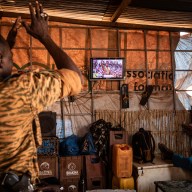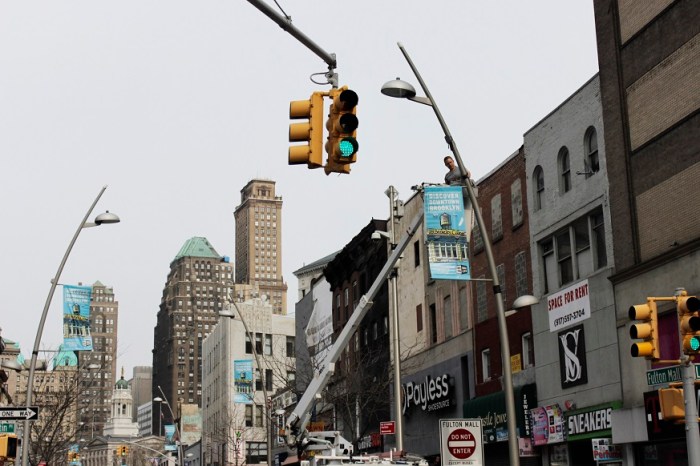When it comes to reporting the news, the traditional model is pretty clear-cut. Journalists pinpoint the ideas they think are newsworthy, and then pitch those ideas to their editors.
A popular digital news site is adding one more variable to the equation – the public.
“Newsrooms around the world assign stories every day based on what they think is important and what the audience wants to know, in hopes that the audience will come back for more,” says Jennifer Brandel, founder and executive producer at Curious Nation. The platform, which is an extension of the Curious City project, invites the public to directly participate in the news cycle. “We’re able to take community input and have them basically help pitch us better story ideas than we could have come up with on our own,” says Brandel.
The model is a simple yet brilliant one. Members of the community submit ideas for the local news and feature stories they’d love to see written. If your pitch is given the green light, you get the opportunity to be an active participant in the reporting process. “What we’ve found is that the stories done in this process end up becoming some of the most popular content on the website; and over time, they also yield more hits,” says Brandel. “Having the community involved by them asking questions, and then them ultimately coming along with us as we report, has yielded really rich opportunities, rich sources, and new ways of interacting with the sources that we have.” Brandel says that having an everyday member of the public take part in source interviews is a real advantage. For example, one woman pitched a story regarding the job responsibilities of alderman in Chicago. From there, she accompanied a Curious City political reporter to go interview one. According to Brandel, her presence was able to throw the source off guard a bit – in a good way. “What was cool was that she was able to get him to say things he wouldn’t have said, and to ask questions a reporter wouldn’t have thought to ask, which just created a more compelling and rich narrative all the way through,” says Brandel. “I think having the public along for the ride ends up benefitting the ultimate story in the end.” The Curious City model came about while Brandel was working as a reporter at WBEZ, a public radio station in Chicago. She heard that the Association of Independents in Radio had launched an initiative calling for innovative new ideas to be incubated at U.S. public radio stations and TV stations. Brandel says the idea behind the call to action was to discover out-of-the-box ideas that would ultimately have a positive impact on public media. She ended up winning a spot in the program with her idea for Curious City. From there, WBEZ was selected as the incubating station for her to put the fresh, new model into motion. Brandel shows no signs of slowing down. Curious City has since given birth to Curious Nation. “We’re taking the technology and making it into a platform so that any news organization or information provider that wants to use this approach can have the technology that’s custom-built for this kind of interaction,” she says. She’s developing Curious Nation by way of Matter, a start-up accelerator program supporting entrepreneurs trying to change media for good. She hopes the idea will eventually help democratize newsrooms throughout the country.
Cool new way to report the news picks up steam



















